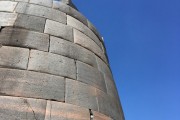
Rock Whisperers: The Subtle Power of Incan Masonry
by Rebecca Firestone with Mark English AIA | Editorials
The Incas of the Andes had a special relationship with rock, which was key to their empire. Even today their masonry inspires awe, and perhaps fear. The Incas thought that rocks were people, with their own volition and personality. Inca stoneworks live on today, as monuments and often as foundations for later buildings.
“When I was a boy, and didn’t really know what architecture might be as a profession, I was fascinated by two buildings: the “Nunnery”, a Mayan building in Uxmal Yucatan, and the “Tower of the Sun” at Machu Picchu. The former taught me about perspective, and the later about mystery. I’ve been fortunate to see both of them as an adult, and just completed my second visit to Peru last summer.
“The stonework of the Inca is singular. The line between natural stone and stone that was worked by human hands is blurred. I believe in some way that was exactly the point.”
– Mark English, AIA
The Inca people of the Andes had a special relationship with rock. Stone informed their entire culture, and was key to their empire-building success. This special relationship extended to the topography as well as to the huge stones they transported and worked so endlessly.
The Inca finally met their doom at the hands of the Spaniards, who had iron weapons and firearms, and also from smallpox, leaving us without much knowledge of certain aspects of their civilization. This has led to some speculation, but the real mystery is not so much how they accomplished their feats of stone-working, but why.
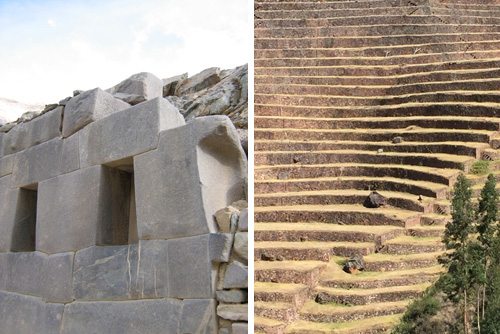
The Incas sought to display their power through massive stone constructions and large-scale earthworks up precipitously steep slopes. Photos: Mark English Architects.
No, Incas Weren’t Space Aliens
For one thing, it wasn’t so much aliens who helped them build their walled cities. It was skill, patience, and conscripted labor. By some estimates, there could be 30,000 workers on a major construction site at any one time.
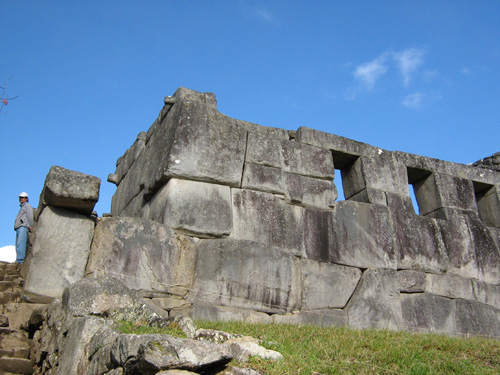
We can’t fully de-code the Incas’ quipu, the knotted strings that they used for record-keeping, but we can view their stone monuments and famously joined stone walls, to see how they ruled the land through the power of masonry. Photo: Mark English Architects
It Was All About Power
Carolyn Dean’s book titled “A Culture of Stone” goes into some of this in greater detail. You’ll have to get used to vocabulary words such as “pisciform”, “petrous embodiments” or “petrous articulations”, “lithic monuments”, and “numinous”… and here’s a word I didn’t know:
Kratophanic, or kratophany
- Manifestation of power, or the devotion to, & fear of, the sacred.
- Otherness of the new, monstrous, unique, perfect
- A divine and powerful being
- A vision of awe that is beyond description
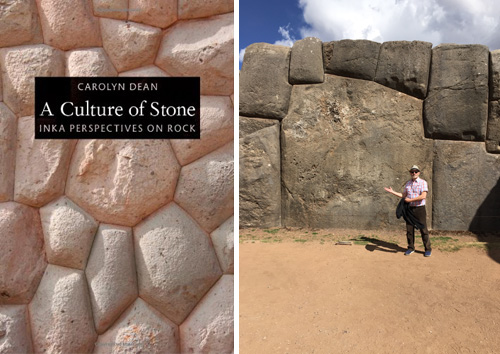
Carolyn Dean’s art historical work “A Culture of Stone” details how the Inca thought about rock on a primordial scale. Right photo: Mark English Architects
Mark English has also traveled to the Andes where the Incan empire flourished, and as an architect he was fascinated by the Incan land-management applications, including curved terraces and water channels.
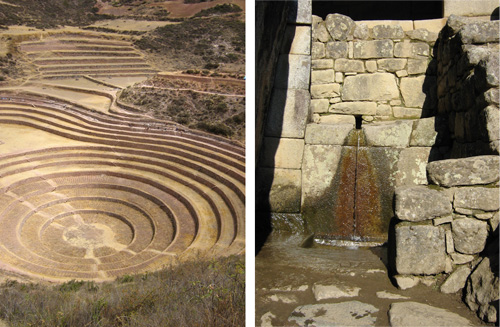
The Inca shaped and transformed the landscape through terracing and water management, among other things. Photos: Mark English Architects
They also shaped rocks for surveillance, and for observing the seasons.
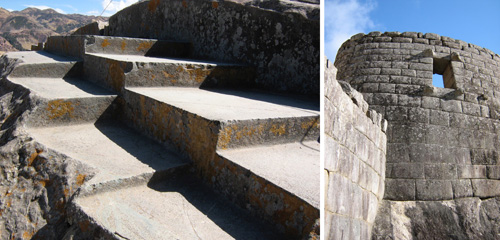
The Inca carved platforms into the living rock as viewing platforms for exclusive use by nobles and royalty. Photos: Mark English Architects
Whaddya Mean, “Rocks Were People”?
According to Carolyn Dean, the Inca thought rocks were people… but not all rocks, and not all the time. Rocks weren’t “idols” as we understand them. A special rock did not have to look like what it embodied. What was important was that they were not representational.
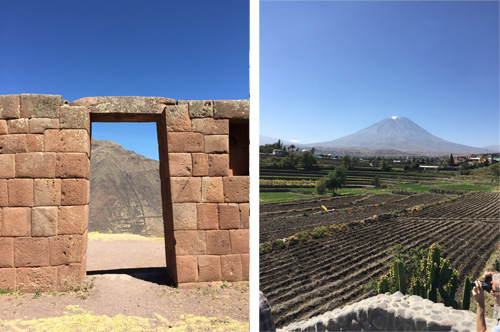
Special Inca rocks could sometimes be identified by carving, or framing, but oftentimes it was only by local lore that you would know. Mountain peaks were a special kind of special rock – powerful guardians who could see all over the land. Photos: Mark English Architects
The civilizing expansion of the Inca brought order, imperial control, territorial surveillance, and the visible presence of the state. No, they weren’t nice people. They were hated by those whom they conquered, and they sacrificed children at special places by bashing their heads in.
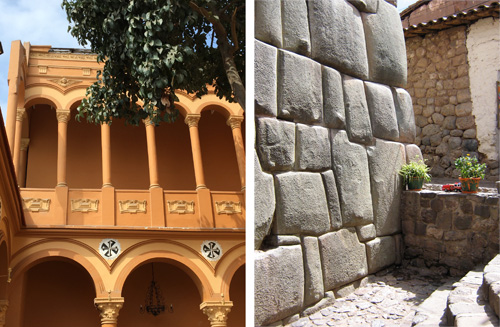
Unlike the Spanish architecture that followed, Incan buildings were austere and mostly bare of ornament. Photos: Mark English Architects
The Incas accepted that stones could display volition and personality. Stones could become tired, and refuse to be transported. In some cases, the land itself was seen as belonging to a particular stone.
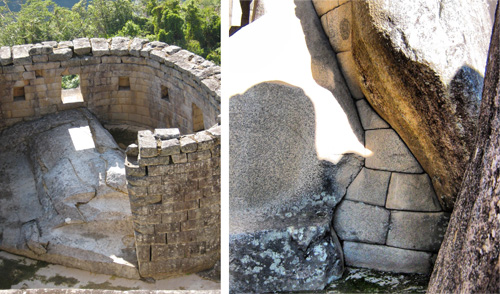
Two striking features of Inca stone building were walls built to partially conceal natural outcrops, and coursed stonework inserted into natural crevices. Photos: Mark English Architects
Techniques of Incan Masonry
Some Inca building techniques and features are iconic. Walls included several types of coursing, and some had rocks at the base so huge that it seems impossible that they could have been moved and shaped by human hands.
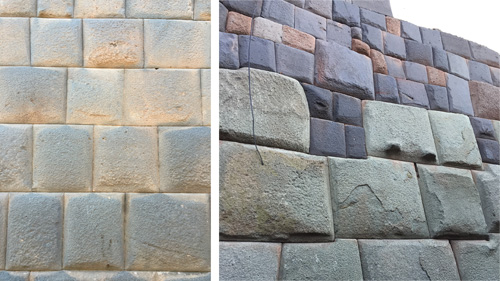
Coursing of Incan stone blocks varied from straight to polygonal. Some walls show a mix of stone. Photos: Mark English Architects
Much remarked, the Incas did not use the arch. Instead, they created trapezoidal windows and niches, and sometimes tilted walls as well. This often gives visitors the sense of walking through abstract sculptures. Sometimes these forms have been imitated by more recent designers, albeit in other materials.
According to Carolyn Dean, finely dressed stone walls signified order, and the presence of the Inca state.
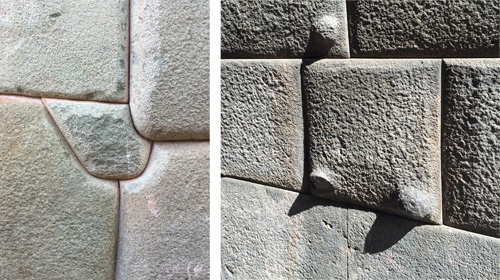
Stone blocks were carefully shaped onsite and then “dressed” by “nibbling” or “pillowing” the rock. Photos: Mark English Architects
Inca Stone Re-Purposing
Many of the Incan structures, built by conquered peoples, were torn down as soon as the Spaniards defeated the hated overlords. (Eduardo Galeano, in his trilogy “Memory of Fire”, retells an incident where one group sent their tribute as a bamboo cylinder of live lice.)
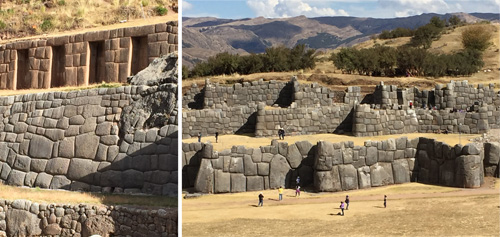
The ruins of Sasquayaman show floor plans for a radial fort and sawtooth walls. Photos: Mark English Architects
Today, many former Incan ruins serve as the foundation of Spanish buildings.
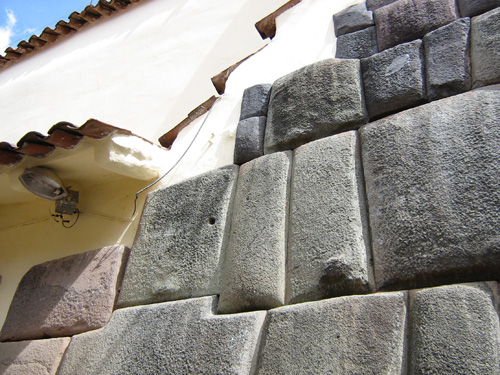
Many Inca ruins in places like Cuzco have been re-purposed in place, to create new dwellings for current inhabitants. Photos: Mark English Architects
Additional Images
Stone Coursework Examples. Most of these show the finely dressed “royal stone”. Coursework varies from straight to polygonal.
Water Channels. Water channels were for gardens, bathing, and sometimes for divination.
Dramatic Views. The mountainous settings in which the Incas lived informed their visions of power through lines of sight, accessibility, and the sheer difficulty of terracing a steep hillside at 12,000 feet of elevation.
Gateways and Openings. Wall openings were used to frame features of the landscape. In some cases, rocks were shaped as miniatures of distant mountains as a way of “echoing” them close-up.
Later Impositions. Later buildings were often constructed over foundations of earlier stonework. These buildings are still in use today as dwellings, churches, and even hotels.
Niches. Trapezoidal niches and doorways were an iconic Inca design feature.
Platforms. The Inca often carved into living rock to make platforms for viewing or privileged seating.
Terraces. Terracing of the landscape was a monumental undertaking. Some terracing was agricultural, and other sites may have been purely as a statement of power.
Walls and Spaces. Sometimes, extensive walls create spaces that are deeply awe-inspiring.
2 Responses to “Rock Whisperers: The Subtle Power of Incan Masonry”
Leave a Reply
You must be logged in to post a comment.

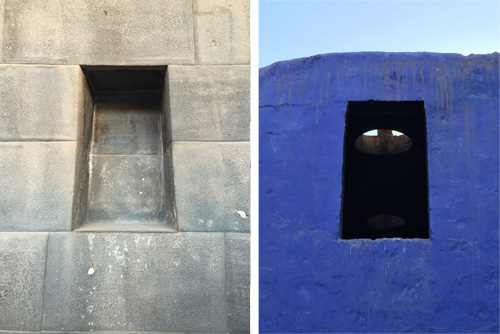
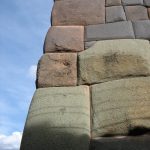
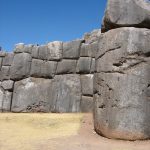
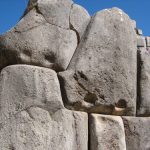
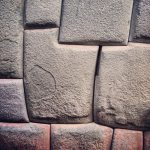
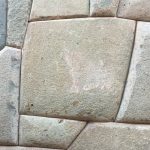
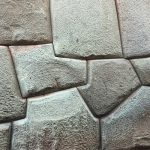
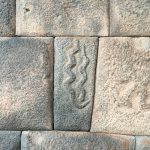
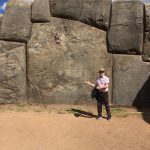
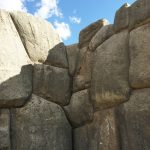
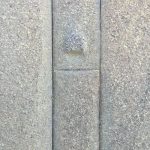
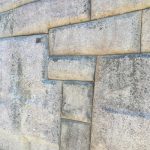
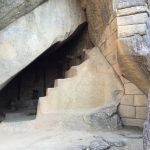
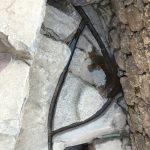
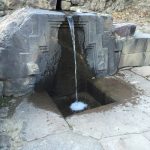
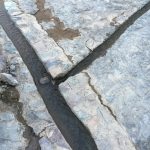
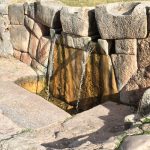
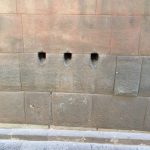
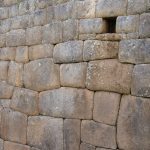
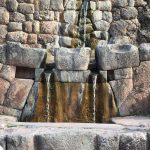
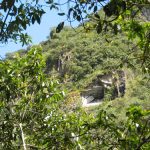
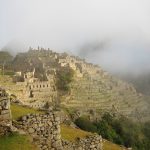
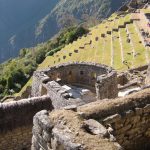
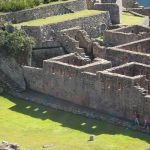
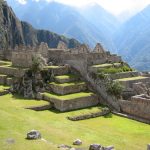
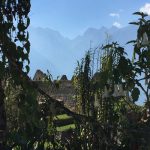
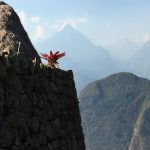
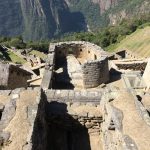
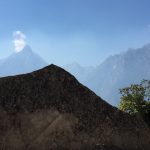
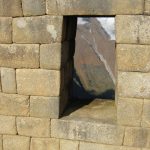
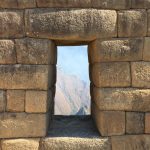
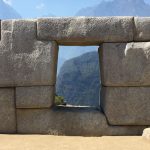
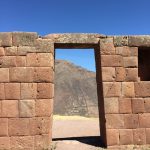
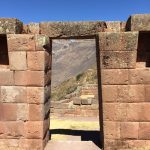
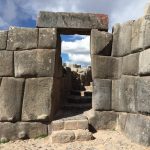
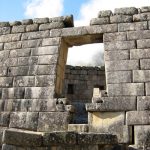
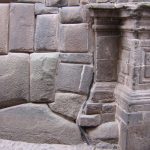
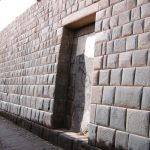
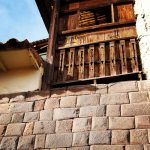
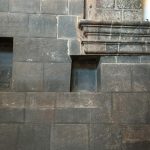
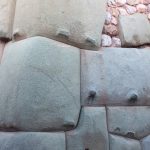
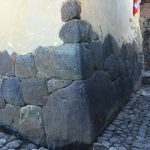
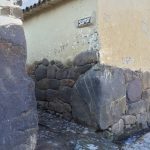
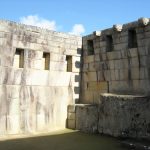
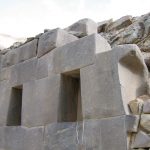
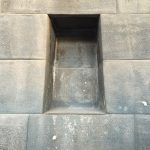
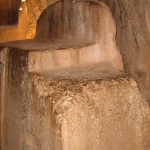
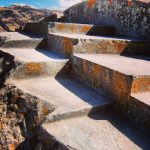
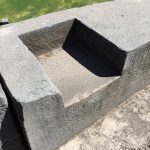
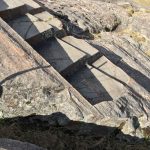
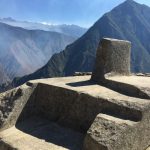
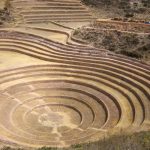
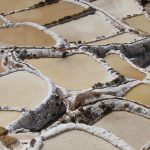
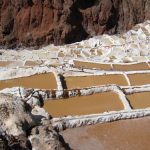
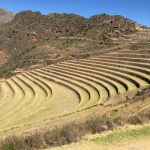
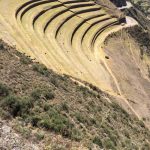
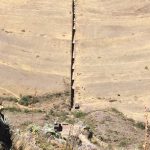
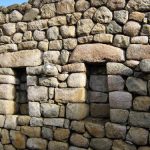
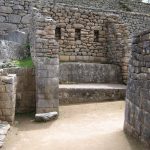
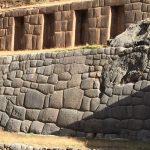
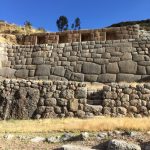
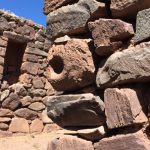
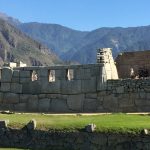
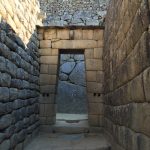





Tewaboo
21. Dec, 2019
Thank you for the above 🙏
Peter Nordloh
29. Mar, 2020
As a retired stonemason having spent the better part of 45 years pondering the megalithic stonework found around the world I have come to the conclusion that there was some level of Devine intervention. The stonework was not built by humans but created for them. A means of inspiring the earliest people. This is abstract art on a huge scale, there is little in the way of function as in shelter. The question is not who or how but why these eternal shapes exist. They represent infinity….the scale of the work in contrast to the precision is a mental checkmate. Think of them as crop circles in stone, birthmarks on a planet gifted with life from a force we call God.